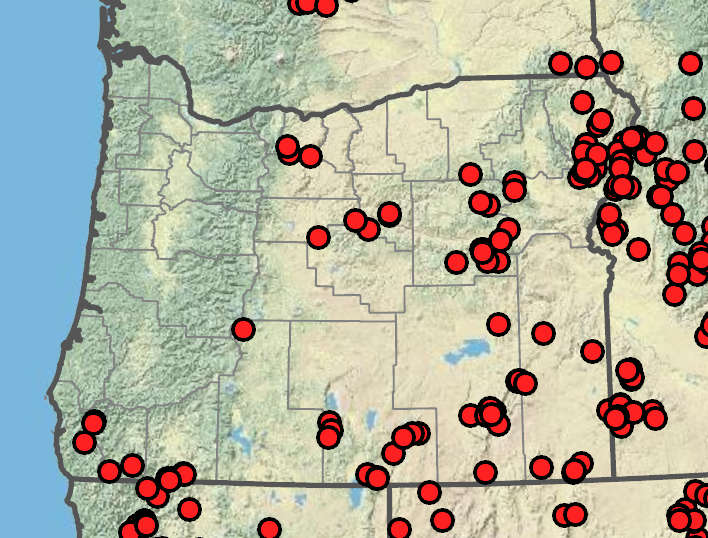Melica bulbosa
oniongrass
bases modified as corms almost sessile on rhizome.
sheaths usually minutely scabrous, sometimes sparsely pilose;
blades 1.5–5 mm wide; flat to somewhat involute, minutely scabrous to crisp-pubescent; uppermost culm leaf not exceeding the inflorescence.
7–30 × 0.7–6 cm with branches appressed;
pedicels erect.
(6)9–18(24)mm, 4–7 bisexual florets and 1–4 sterile florets;
rachilla internodes 1–2 mm;
disarticulation above glumes.
(50)67% to as long as the spikelets;
lower glumes (4)5.5–10.5 × 2–3 mm, with 3–5 veins;
upper glumes (5)6– 11(14) × 2.3–3.5 mm, with 5–7 veins.
glabrous; (2)3–4(6)mm, usually open in front.
of fertile florets (6)7–10(12)mm, glabrous, with 7–11 veins, emarginate to acute; awnless.
3, 1.5–4 mm.
=18.
Melica bulbosa
Dry, rocky slopes, usually grasslands or sagebrush steppe, sometimes on more mesic sites with aspen. 200–2600m. BR, BW, Col, ECas, Owy, Sisk. CA, ID, NV, WA; north to British Columbia, northeast to Saskatchewan, southeast to CO. Native.
Sessile, onion-like bulbs and more or less acute lemmas typify M. bulbosa. Melica spectabilis is similar but has bulbs connected to the rhizome by a root-like structure. Melica subulata has longer, acuminate lemmas.
Barbara Wilson, Richard Brainerd, Nick Otting
- Local floras:
BC,
CA,
OR,
WA
- Local Web sites:
CalFlora,
CalPhotos,
Flora NW,
PNW Herbaria
WildflowerSearch
iNaturalist (observations)
USDA Plants Database
- LBJ Wildflower Center
- SEINet
- Plants of the World Online
- Encyclopedia of Life
- Wikipedia
- Google Image Search


